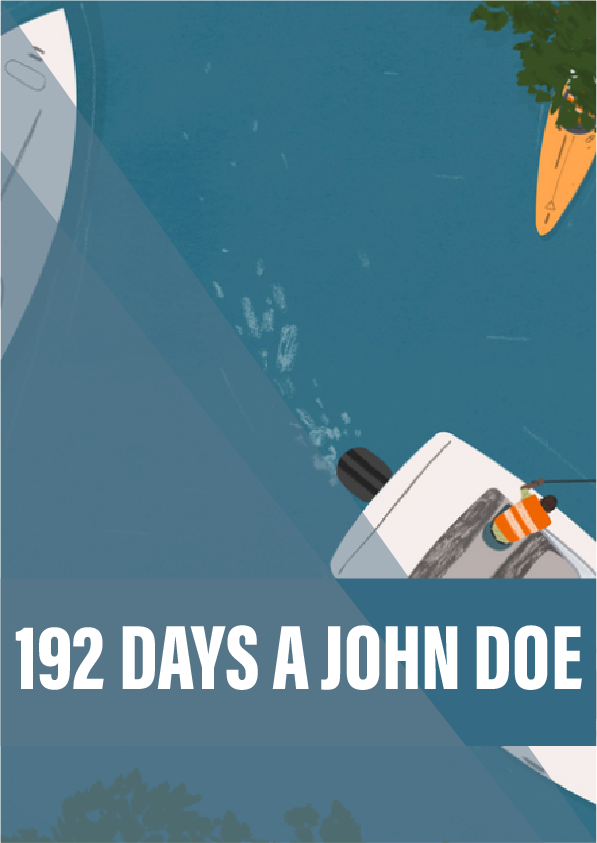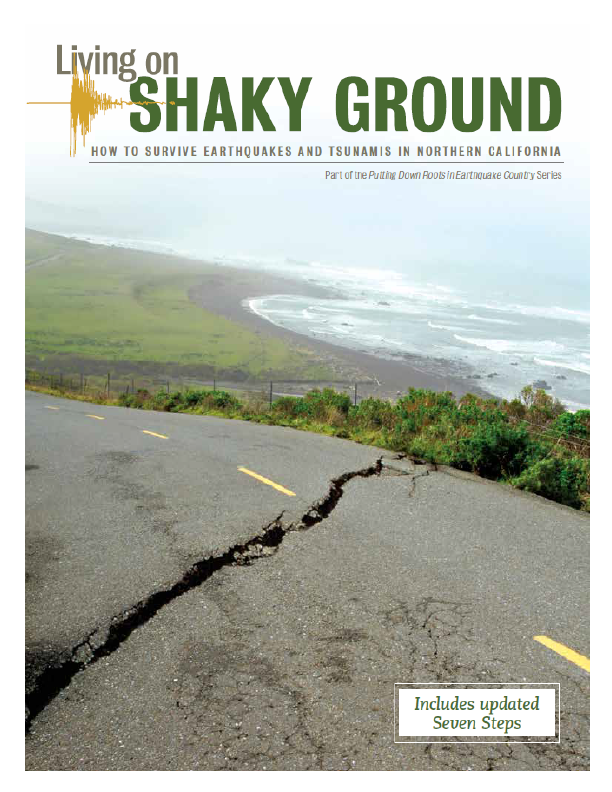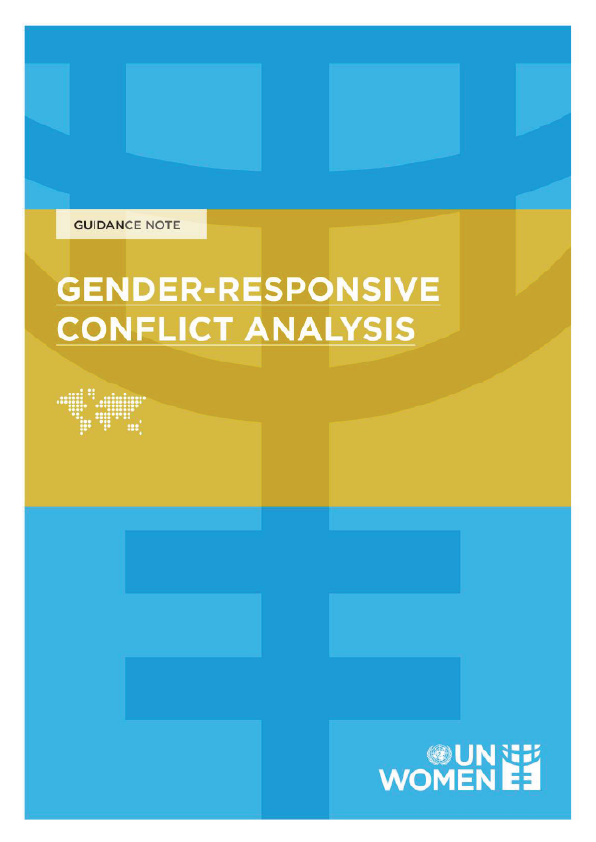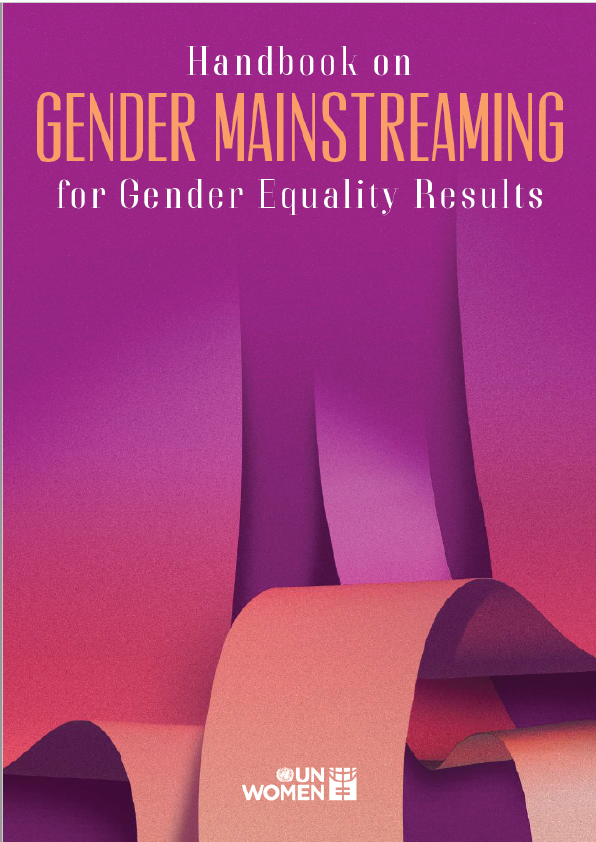For decades, unidentified bodies have been consigned to the back rooms of morgues and all but forgotten. Now a handful of campaigners are on a quest to find out who they are and where they come from. Deborah Halber reports.
On a Saturday morning in late February in the town of Tonawanda, New York, men and women bundled in heavy winter coats and parkas walked past waist-high piles of snow into a red-brick structure with stained-glass windows. Tall banners reading “Welcome” and “Rekindle” framed the doorway.
Family, friends and business associates sat in the pews of St Christopher Church listening to ‘Days of Elijah’, which refers to Ezekiel’s vision of a valley of dry bones resurrected to flesh. The deceased was a gemmologist, by reports mild-mannered and helpful. He owned and ran a jewellery store in nearby Kenmore that had been in his family for three generations. The church had been the family’s spiritual home for a quarter century.
Earlier that month, the 53-year-old had walked out of his home and disappeared. Monsignor Fran Weldgen, a friend and one-time St Christopher pastor, addressed the assembled mourners. “Words are difficult,” he said. “Our emotions are deep, raw. We’re confused, hurt.”
It was a funeral mass without a body; a memorial to a life whose final page was blank.
Reference:
- In 2007, the National Institute of Justice published the results of the first study into the numbers of unidentified bodies in the USA.
- The NamUs database is free and open to the public.
- The author’s 2014 book, The Skeleton Crew: How amateur sleuths are solving America’s coldest cases, traces the history behind the creation of NamUs and the unlikely success stories of web sleuths using one of its precursors, the Doe Network.











